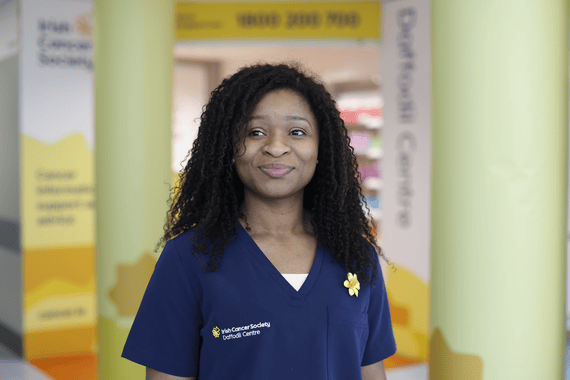Staging describes how far the cancer has spread through the uterus lining and muscle layers. Staging also describes if the cancer is still in the pelvic area or has spread to other distant organs (metastasis). Staging will help your doctor to plan the best treatment for you.
In cancer of the uterus there are two different staging systems.
- TNM staging system
- FIGO staging system
TNM staging
- Tumour (T): The size and depth of the tumour.
- Node (N): Is there cancer in your lymph nodes? N0 mean no lymph nodes affected, N1, N2, N3 refer to the number of lymph nodes affected and where they are located.
- Metastasis (M): M1 means the cancer has spread to other parts of your body and M0 means it hasn’t.
Your doctor often uses this information to give your cancer a number stage – from 1 to 4. A higher number, such as stage 4, means a more advanced cancer. Some stages are further divided into stage A and B.
FIGO staging
The FIGO staging system is similar. The different stages are given a number I (1) to IV (4).
Each number stage is sub divided using letters a, b and c. For example, stage Ia, stage IIc, etc. Again, the higher the letter and number within each stage, the more advanced the disease.







